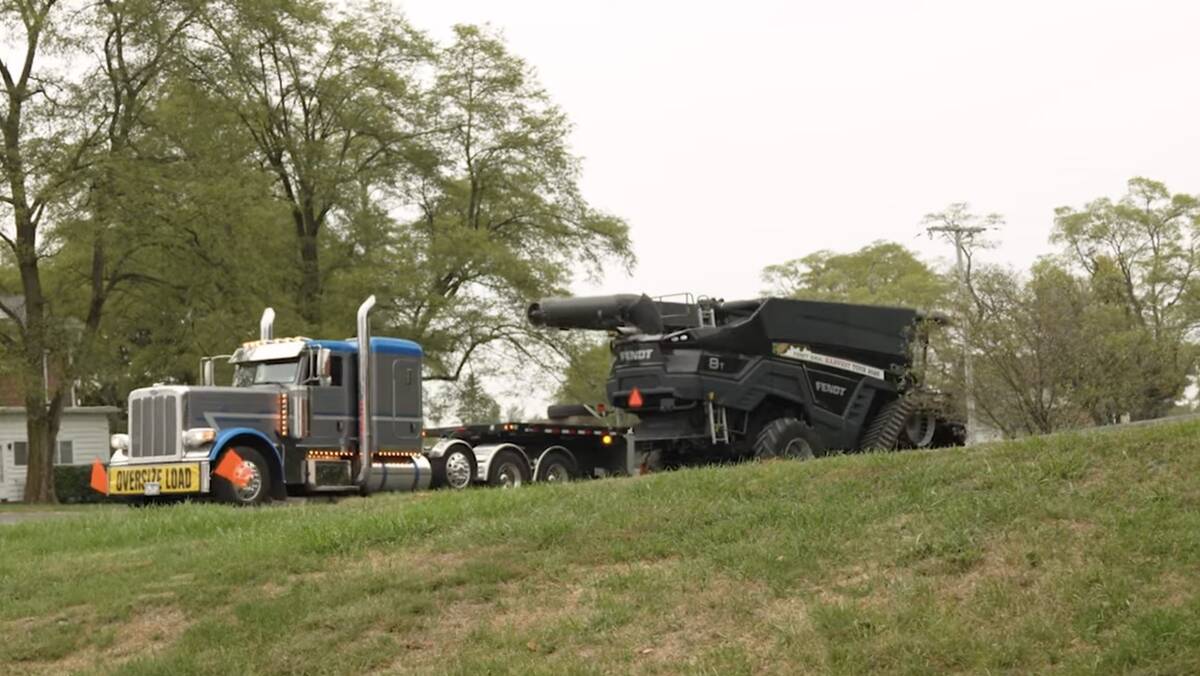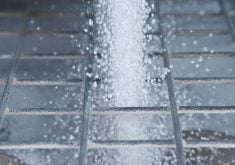Whether farmers focus on implement size or implement speed, it ultimately boils down to either acres per hour or acres per dollar.
The 40-year old no-till trend is gradually reversing itself as farmers begin to see more exposed soil and new cultivation implements coming to the market.
However, farmers are expecting a lot more from the latest generation of cultivation implements than they did from the old equipment that their fathers hauled to the bush or sold for scrap.
They should consider speed, convenience and versatility when comparing the latest North American implements to the European-built machines, said Laurent Letzter, Lemken sales manager for Canada.
Read Also

Fendt takes a combine on the road in the U.S.
Putting an Ideal combine in fields across different regions has given the brand a chance to prove that the combine is capable of performing well in a variety of conditions.
“The Canadian market is interesting,” he said. “It’s coming back to more sub-tillage again, so farmers are more concerned about the kind of tillage machines they buy.”
The cultivator is no longer viewed as simply a hunk of iron, he added.
“Farmers are looking for tillage machines with good versatility, so one machine can do more than one job,” he said.
“Because there’s more sub-tillage, Canadian farmers want a machine that can do good re-consolidation of cultivated soil and re-compaction of cultivated soil. This helps them avoid erosion and gives a better seed bed to grow a better crop.”
Letzter said there is a place on big prairie farms for small European type cultivators, which are basically intended for intensive management of smaller fields.
Producers are willing to spend more time and money addressing low-productivity spots as they become more aware of the negative impact that compaction has on headlands and field entry areas, he added.
“A lot of farmers in the West use intensive management style of tillage to repair specific damaged areas in the fields. Here, the versatility of the Karat comes into play because it can cut through the compaction and bring these spots back to full production,” he said.
“The Karat can go down to 12 inches deep. But no, it’s not for large fields. It’s more of a fixing tool to help the productivity in certain spots. In that way, it is a machine that performs all the functions, depending on how you use it.
“It does the deep tillage, mixing, re-consolidation and levelling. And it can do this in one pass. The Karat has three rows of tines with lots of clearance for residue. Then there’s a row of discs at the back to do the levelling job, because tines always leave a ridge on the side. Then the rollers at the back re-consolidate the soil.… It’s not big like so many North American cultivators, but it can operate between four and nine m.p.h., which means more acres per foot.”















